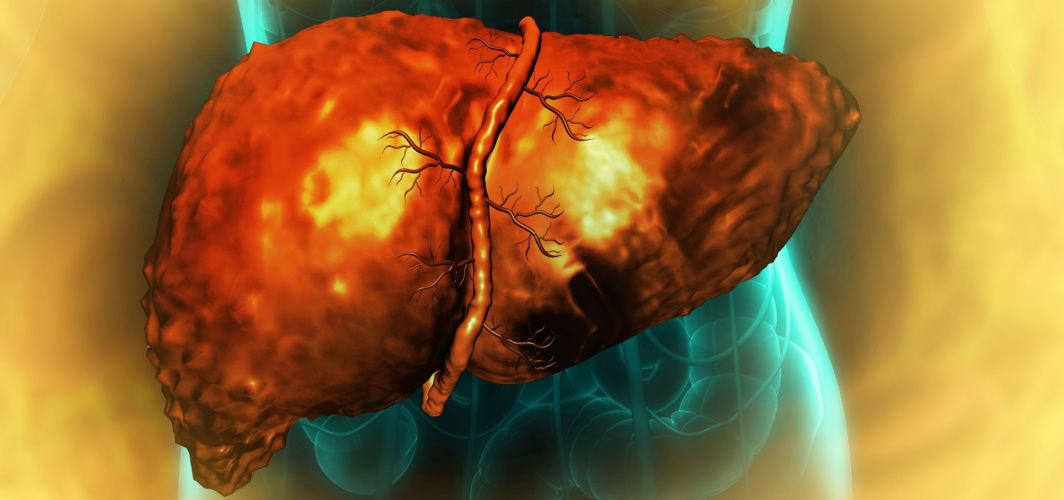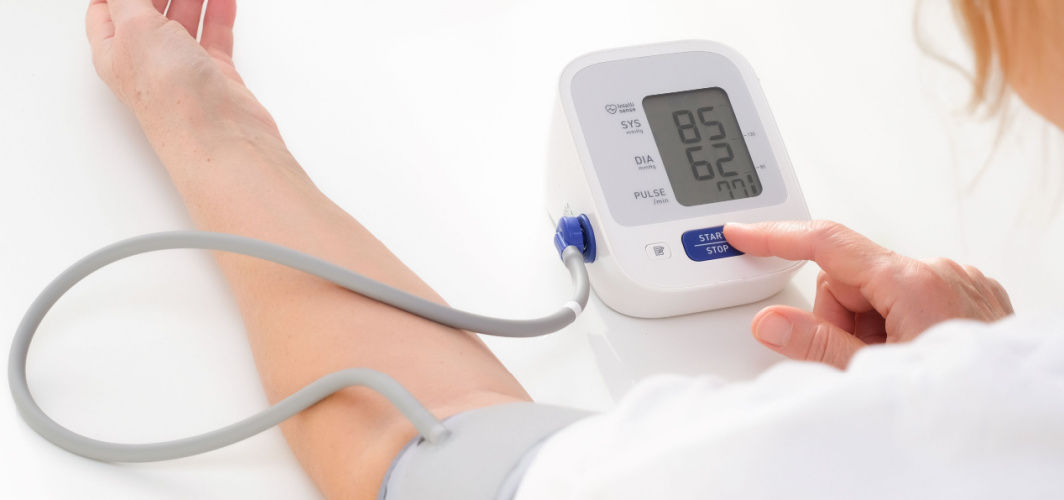General Health
Early Warning Signs of Liver Damage: What You Should Know
6 min read
By Apollo Pharmacy, Published on - 24 August 2023
Share this article
0
0 like

The liver, one of the largest organs in the body, plays a crucial role in various bodily functions. It helps metabolize nutrients, detoxify harmful substances, produce bile for digestion, and store vitamins and minerals. Liver damage refers to any condition that impairs the liver's ability to function properly. In India, liver damage is becoming increasingly common (prevalence of NAFLD: 9–32%). By recognizing the early liver damage symptoms, individuals can seek medical attention, undergo diagnostic tests and receive appropriate treatment to slow down or reverse the damage. Let's explore some early signs and symptoms of liver damage, and why they should not be ignored.
Risk Factors for Liver Damage
Understanding the risk factors for liver damage is crucial for prevention and early detection. By recognizing the early liver damage symptoms and addressing these risk factors, individuals can take proactive steps to protect their liver health.
1. Alcohol-Related Liver Damage
Excessive alcohol consumption is a major risk factor for liver damage. The liver metabolizes alcohol, but excessive intake can overwhelm its ability to process it effectively, leading to liver damage. Regular heavy drinking can lead to inflammation, fatty liver, and cirrhosis.
Early Symptoms of Alcohol-related Liver Damage
- Fatigue
- Jaundice
- Abdominal pain
- Swelling
2. Non-alcoholic Fatty Liver Disease (NAFLD)
NAFLD is the most common cause of liver disease in non-drinkers. It is characterized by the accumulation of fat in the liver cells. Risk factors include:
- Obesity
- High cholesterol
- Type 2 diabetes
- Metabolic syndrome
Recognizing Early Symptoms of NAFLD
- Fatigue
- Abdominal discomfort
- Enlarged liver
3. Hepatitis-related Liver Damage
Hepatitis-related liver damage can be caused by different types of Hepatitis viruses.
A. Hepatitis A
Hepatitis A is caused by infection with the Hepatitis A virus. It is usually spread through contaminated food or water.
Early Symptoms of Hepatitis A
- Fatigue
- Loss of appetite
- Nausea
- Vomiting
- Abdominal pain
B. Hepatitis B
Hepatitis B is caused by infection with the Hepatitis B virus. It is transmitted through blood, semen, or other body fluids.
Early Symptoms of Hepatitis B
- Fatigue
- Fever
- Joint and muscle pain
- Dark urine
C. Hepatitis C
Hepatitis C is caused by infection with the Hepatitis C virus and is primarily spread through contact with infected blood. This can occur through sharing needles, receiving contaminated blood transfusions or organ transplants, or through sexual contact with an infected person.
Early Symptoms of Hepatitis C
- Fatigue
- Jaundice
- Abdominal pain
- Nausea
Of note: It's important to note that Hepatitis B and C can lead to chronic liver disease if left untreated. Regular screenings and vaccinations are essential for preventing the spread of these viruses.
Other Causes of Liver Damage
Liver damage can be caused by other reasons such as:
1. Medications and Toxins
Certain medications can cause liver damage, such as acetaminophen, statins, and antibiotics. It is important to be aware of the potential side effects and risks associated with these medications and to always follow the prescribed dosage.
Recognizing Early Symptoms of Medication-induced Liver Damage
- Fatigue
- Loss of appetite
- Yellowing of the skin or eyes
2. Autoimmune Hepatitis
Autoimmune hepatitis is a condition where the immune system attacks the liver.
Common Early Symptoms of Autoimmune Hepatitis
- Fatigue
- Abdominal pain
- Jaundice
3. Viral Infections and Liver Damage
Viral infections like hepatitis B and C can cause liver damage.
Identifying Early Symptoms of Viral-induced Liver Damage
- Fatigue
- Nausea
- Dark urine
Getting vaccinated against hepatitis is an effective way to prevent these infections.
Complications and Long-term Effects of Untreated Liver Damage
It's important to be aware of potential consequences to understand the importance of early detection and treatment.
- Liver Failure: The liver plays a crucial role in filtering toxins from the blood. If left untreated, liver damage can progress to liver failure, where the liver is no longer able to perform its vital functions.
- Liver Cirrhosis: Untreated liver damage can progress to liver cirrhosis, a condition characterized by the scarring of liver tissue. This scarring hampers the liver's ability to function properly, leading to symptoms like fatigue, jaundice, fluid retention, and cognitive impairment.
- Portal Hypertension: Scar tissue formation in the liver can also block blood flow, leading to increased pressure in the portal vein. This condition, known as portal hypertension, can result in enlarged veins and gastrointestinal bleeding.
- Hepatic Encephalopathy: Severe liver damage can impair the liver's ability to remove toxins from the blood, leading to a buildup of harmful substances. This buildup can cause hepatic encephalopathy, a condition characterized by confusion, personality changes, and eventually coma.
- Liver Cancer: Prolonged liver damage increases the risk of developing liver cancer. Hepatocellular carcinoma is the most common type of primary liver cancer and is often associated with underlying liver diseases.
When to Seek Medical Help and Diagnosis Methods
If you experience any of the following liver damage symptoms or risk factors, it is advisable to seek medical help:
- Persistent fatigue and weakness
- Jaundice (yellowing of the skin and eyes)
- Abdominal pain and swelling
- Unexplained weight loss
- Dark urine
- Pale stool
- Nausea and vomiting
To diagnose liver damage, doctors may recommend several diagnostic tests, including:
- Liver Function Tests: These blood tests measure levels of liver enzymes, proteins, and bilirubin to assess liver health.
- Imaging Tests: Ultrasound, CT scan or MRI can provide detailed images of the liver, helping detect abnormalities.
- Biopsy: A small sample of liver tissue is taken for microscopic examination to determine the extent of damage.
- FibroScan: FibroScan is a non-invasive test that evaluates liver stiffness, a marker of fibrosis or scarring.
- Genetic Testing: In certain cases, genetic testing may be used to diagnose inherited liver diseases.
Conclusion
Early liver damage symptoms can be subtle and easily overlooked. However, it is crucial to be aware of these signs to prevent further complications. With advancements in medical technology, there are now various diagnostic tests available that can accurately assess liver function and detect any abnormalities at an early stage. Remember, early detection can significantly improve the outcome and prevent irreversible liver damage.
Explore Liver Care Supplements
FAQs
Q1. What causes yellowing of the skin in liver damage?
A1. Yellowing of the skin in liver damage is caused by a buildup of bilirubin, a yellow pigment produced by the liver.
Q2. Can liver damage lead to easy bruising and bleeding?
A2. Yes, liver damage can affect blood clotting factors leading to easy bruising and bleeding.
Q3. Are there any specific dietary recommendations for people with early liver damage symptoms?
A3. It is advisable to follow a balanced diet rich in fruits, vegetables, lean proteins, and whole grains while avoiding alcohol and fatty foods.
Q4. Is it possible to reverse early liver damage?
A4. With timely intervention, lifestyle changes, and appropriate medical treatment, the liver has the potential to heal itself. However, the extent of recovery depends on the severity and underlying cause of the damage.
Q5. Is swelling in the legs and ankles a sign of liver damage?
A5. Yes, swelling in the legs and ankles can occur due to fluid accumulation.
General Health
Consult Top Hepatologists
View AllLeave Comment
Recommended for you

General Health
Step-By-Step Guide: How To Measure Blood Pressure At Home
Monitoring blood pressure at home is crucial for cardiovascular health. Understanding systolic and diastolic pressure, following proper measurement techniques, and knowing the implications of high and low blood pressure allow individuals to make informed decisions and maintain optimal levels for overall well-being.

General Health
Everything You Need To Know About Shingles
Explore shingles: causes, symptoms, treatment, and prevention. Your comprehensive guide to understanding and managing this condition.

General Health
Morbid Obesity: What You Need To Know
In a country like India, where a fat person is considered healthy, it is likely to see more cases of morbid obesity. It is a condition where the person is 30-40 kg heavier than their ideal weight. As much as diet is believed to be the primary factor, the major causes are genetic, hormonal, and physical. Hence, changing your lifestyle and maintaining the ideal weight for a healthy life is essential.
Subscribe
Sign up for our free Health Library Daily Newsletter
Get doctor-approved health tips, news, and more.
Visual Stories

Science-backed Home Remedies for Burns and Blisters
Tap to continue exploring
Recommended for you

General Health
Step-By-Step Guide: How To Measure Blood Pressure At Home
Monitoring blood pressure at home is crucial for cardiovascular health. Understanding systolic and diastolic pressure, following proper measurement techniques, and knowing the implications of high and low blood pressure allow individuals to make informed decisions and maintain optimal levels for overall well-being.

General Health
Everything You Need To Know About Shingles
Explore shingles: causes, symptoms, treatment, and prevention. Your comprehensive guide to understanding and managing this condition.

General Health
Morbid Obesity: What You Need To Know
In a country like India, where a fat person is considered healthy, it is likely to see more cases of morbid obesity. It is a condition where the person is 30-40 kg heavier than their ideal weight. As much as diet is believed to be the primary factor, the major causes are genetic, hormonal, and physical. Hence, changing your lifestyle and maintaining the ideal weight for a healthy life is essential.